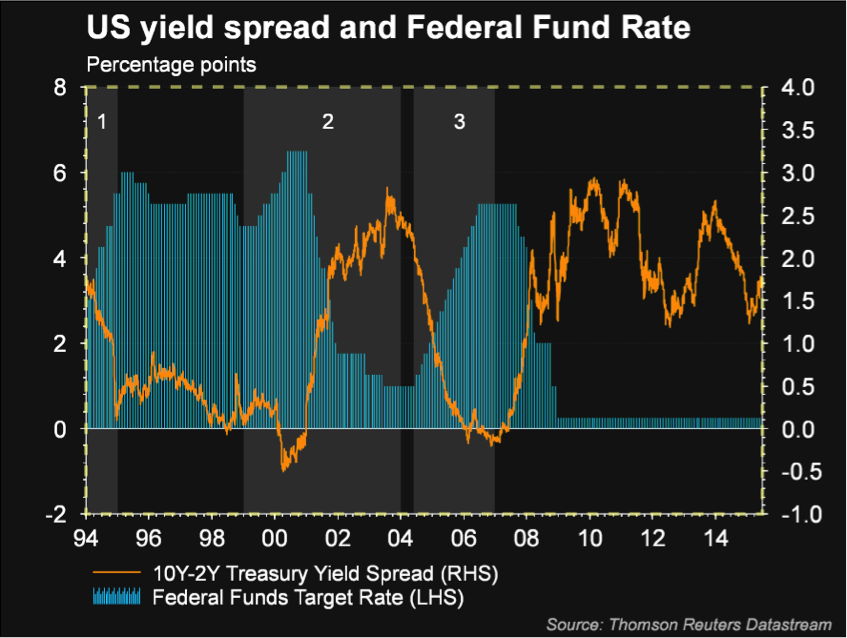An interesting question was posed this week – is gold demand as tepid as the latest Gold Demand Trends report from the World Gold Council (WGC) seems to suggest? Personally, I have great difficulty believing that gold demand is anything but robust.
As noted gold sector watcher Lawrence Williams has observed, “Part of the problem here is that the WGC report is quoting ‘consumption’ in China and India and elsewhere, and it is what actually comprises ‘consumption’ as assessed that is hugely open to interpretation.”
I have always found Shanghai Gold Exchange (SGE) withdrawals, even if not a totally accurate definitive figure for Chinese gold demand, to be a strongly indicative guide with respect to the overall trend. And when we analyse the data we find that SGE gold withdrawals are in fact running at an all-time high.
What’s more, volumes through the typically weak summer months are in fact well above previous levels. So far during 2015 there have been 13 weeks where SGE withdrawals have exceeded 50 tonnes – whereas during the previous record 2013 year, there were only six such weeks. So far this year, SGE gold withdrawals have totalled 1,520 tonnes – whereas during the record 2013 year, they totaled 1,385 tonnes over the same period.
The world’s other top gold consumer, India, has also witnesses a massive increase in gold imports again during 2015 (398 tonnes by the end of May) – and with the peak annual demand season still ahead, overall imports could again exceed 1,000 tonnes for the first time since 2011.
If we also factor in anecdotal evidence of very strong physical gold demand in many other parts of the world as the gold price has fallen, along with continued central bank purchases, it’s difficult to believe that global gold demand is not substantially stronger than WGC half-year statistics suggest.
Gold and an Eventual US Interest Rate Rise
We’ve previously spoken at length about how the US Fed has kicked the can down the road for about two years now with regards to an interest rate hike. Gold has been stuck in a lackluster trading range during this period as the market plays the “will it, won’t it” game, selling gold down in anticipation of a potential rate rise, before recovering after the inevitable Fed buck pass.
The most important question the market should be asking (but very few journalists or so-called experts ever seem to) is exactly why gold should fall as a result of higher US interest rates? Why should a rate rise be bad for gold? Likewise, they should also question their fundamental premise that the US dollar will rise following a rate increase – or why should a rate rise be good for the US currency?
For starters, the market reality is that any eventual Fed interest rate increase is likely to be very small – likely in the vicinity of a mere 0.25% initially – which would still leave rates comfortably in negative territory in real terms. As we’ve previously discussed, gold’s strongest period of price appreciation have coincided with rising interest rates. It’s all about negative interest rates.
And the market’s view that rising rates is positive for the US$ is also misplaced. Just recently, Saida Litosh, senior precious metals analyst at GFMS Thomson Reuters analysed three episodes of monetary policy tightening in the U.S. over the past 20 years, specifically 1994-1995, 1999-2000, and 2004-2006.

While each cycle had its own characteristics and was unique in its way, there were also some similarities, particularly in the dollar performance leading up to and following the first rate hike. To cut a long story short, if history is any guide then we should expect to see the U.S. dollar rise ahead of the eventual rate hike, followed by a downward correction thereafter. Clearly, the first leg is already underway with the dollar’s strong rally since mid-2014.
Underweight Resource Investors Rethinking Strategies?
According to a Metal Bulletin article this week, investors who are largely underweight resources are starting to question whether this is the right strategy. According to Duncan Goodwin, the head of Baring Global Resources Fund, he is getting a lot of enquiries from investors with very limited – or no – exposure to resources.
"It’s been such a poorly performing sector; people are probably sitting there thinking, ‘we’ve done so well to have no resources exposure.’ But at what stage does the risk-reward of not owning any resources start to look a bit unattractive?" he said.
"So rather than being inundated with calls by concerned investors, we’re getting more and more calls from non-investors who are wanting to know whether it’s a good time to start looking to invest. That will take time, but the irony is we actually have more meetings with people who aren’t investors and are asking, ‘is now the right time?’ rather than people who are invested saying, ‘why am I invested?’" he added.
Most investors are underweight commodities, with allocations of 1-2%, if not zero, Goodwin said. "We meet many, many more people who have no exposure and are not concerned but just want to know if that’s the right thing. I can’t remember the last time I met someone who was aggressively overweight resources," he said.
"These cycles are very long and we’re now potentially suffering from poor investment decisions that were made five years ago…We’re not saying today is the day you need to get fully-weighted in resources, but I think it’s understandable if people are concerned that they have no exposure to resources in their portfolio," he added.







